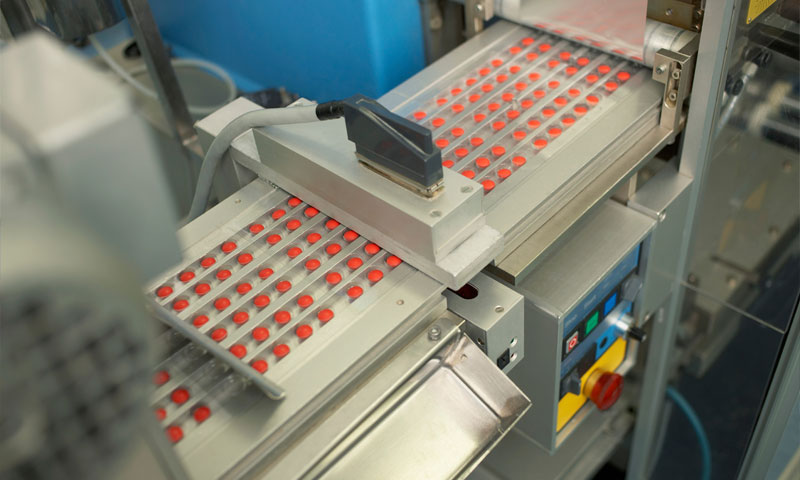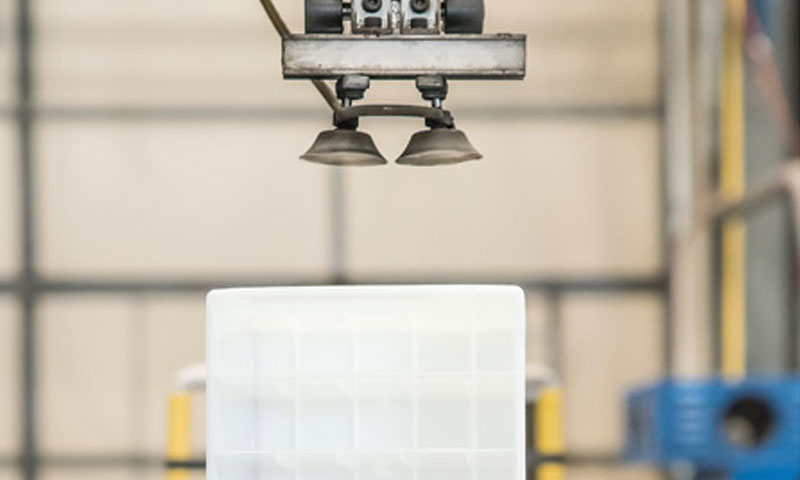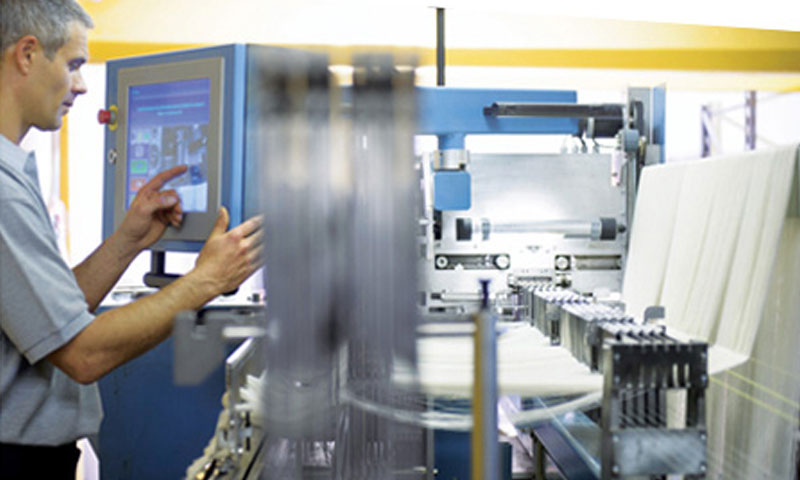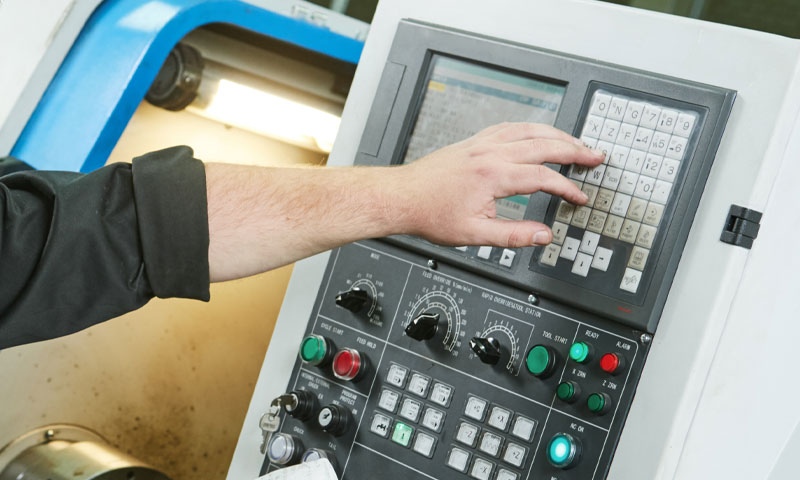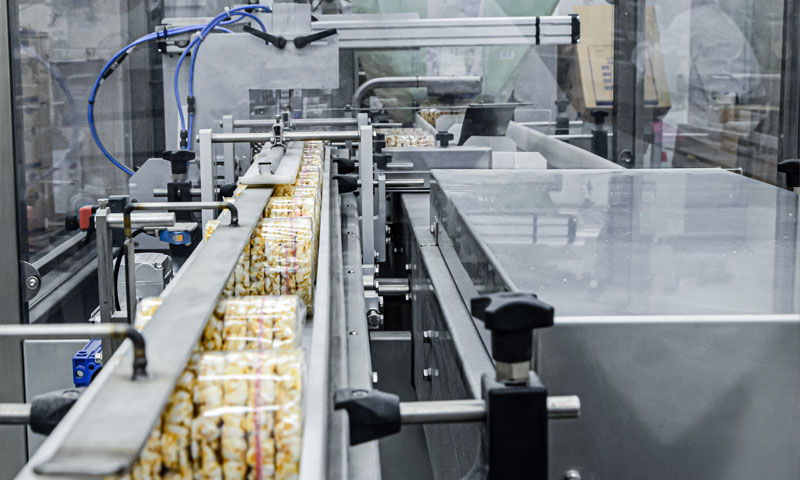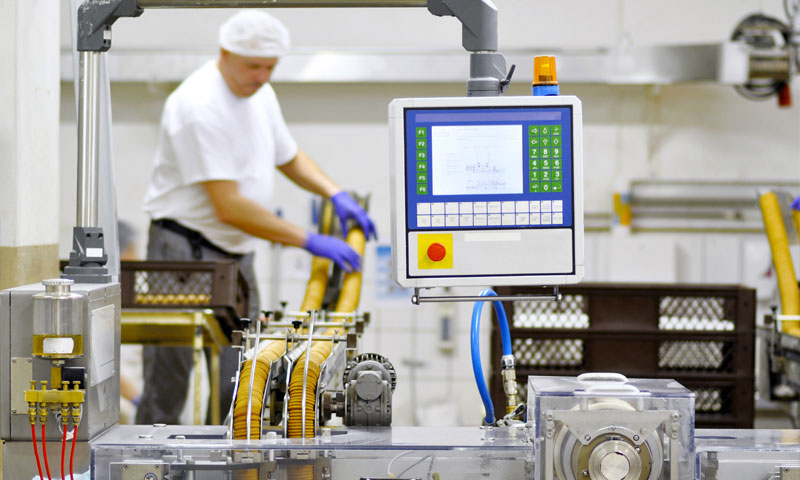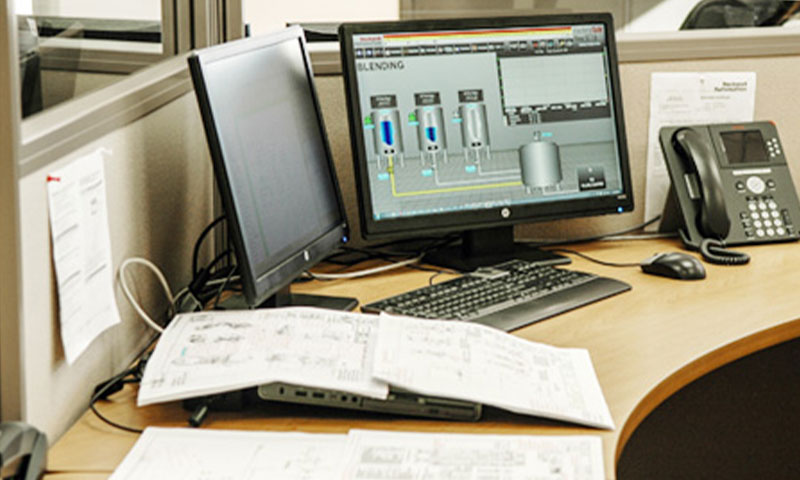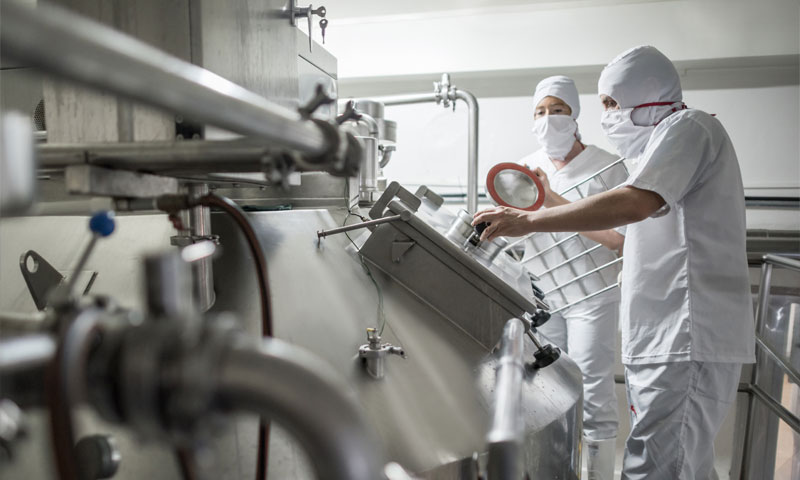How a Data Historian Improves Manufacturing Performance
In modern manufacturing environments—especially in regulated industries such as pharmaceuticals, biotech, and food & beverage—the need for reliable, real-time data has never been greater. Whether it’s ensuring compliance with FDA regulations or optimizing production efficiency, having accurate and accessible data is non-negotiable. That’s where data historian integration come in.
When integrated properly, they serve as the backbone of intelligent manufacturing, capturing time-stamped process data across equipment and systems to support compliance, traceability, and continuous improvement.
In this post, we’ll break down what data historians do, why they matter, and how manufacturers can unlock their full potential through strategic integration.
What Is a Data Historian?
A data historian is a specialized database system used to record, store, and retrieve time-series data from industrial control systems. Unlike traditional databases, historians are optimized to handle vast volumes of high-frequency process data.
Common historian platforms include:
- OSIsoft PI System
- AVEVA Historian (Wonderware)
- GE Proficy Historian
- Rockwell Automation FactoryTalk Historian
These tools collect data from PLCs, SCADA systems, HMIs, sensors, and instrumentation—and store it in a structured format for long-term access and analysis.
Why Manufacturers Need Data Historian Integration
1. Regulatory Compliance & Audit Readiness
For manufacturers operating under strict regulatory oversight (like the FDA’s 21 CFR Part 11), data integrity and traceability are critical. A historian system provides:
- Audit trails of process events and alarms
- Secure, tamper-proof logs of equipment performance
- Batch reports that support electronic records requirements
With proper integration, companies can easily demonstrate compliance during audits—without sifting through manual records.
2. Real-Time Monitoring and Troubleshooting
Historians enable plant teams to view process performance in real time and retrospectively:
- Identify deviations before they escalate
- Pinpoint root causes of downtime or quality issues
- Analyze correlations between inputs and outcomes
Engineers and operators gain a deeper understanding of what’s happening on the plant floor—and why.
3. Improved OEE and Continuous Improvement
With the right visualization tools layered on top (e.g., PI Vision, Power BI, or custom dashboards), data from the historian becomes a powerful asset for OEE (Overall Equipment Effectiveness) analysis and lean initiatives.
This data helps:
- Track cycle times, changeovers, and downtime
- Identify bottlenecks or inefficiencies
- Set performance benchmarks
Over time, this leads to smarter decisions and more agile operations.
4. Better Batch Traceability
In industries where batch records are critical, historians support electronic batch records (EBRs) by:
- Capturing clean-in-place (CIP) data
- Logging material additions
- Storing temperature, pressure, and flow trends
This traceability is vital not just for compliance but for quality assurance and customer confidence.
Best Practices for Data Historian Integration
Implementing a historian is not just about software installation—it requires thoughtful integration across systems. Here’s how e2i approaches it:
Define Clear Data Requirements
What data do you need? From where? For what purpose? Start with user needs (operations, QA, engineering) to determine data tags and frequency.
Design for Scalability
Ensure the system can grow with your operations—new equipment, higher data volumes, or more complex analytics down the road.
Align With ISA-95 and ISA-88 Standards
We follow industry best practices to ensure that historian data aligns with manufacturing execution systems (MES), batch structures, and plant hierarchies.
Enable Visualization and Reporting
Data is only valuable if it’s accessible. We help integrate historian data with user-friendly dashboards and reporting tools for operators, engineers, and managers.
Industries That Benefit From Data Historians
Data historian systems are especially beneficial for:
- Pharmaceutical formulation & filling
- Biotech fermentation & purification
- Food & beverage batch processing
- CIP/SIP monitoring and validation
- Energy-intensive processes needing load analysis
Any industry that relies on validated processes, batch traceability, and performance tracking can benefit greatly from a well-integrated historian.
Final Thoughts: Data Isn’t Power—Accessible Data Is
Manufacturers are generating more data than ever, but without the right systems in place, much of that data is siloed or underutilized. By integrating a data historian into your automation architecture, you unlock the insights needed to improve quality, efficiency, and compliance.
Whether you’re building a new facility or modernizing an existing one, a strong data infrastructure can set the foundation for smart, scalable operations.



